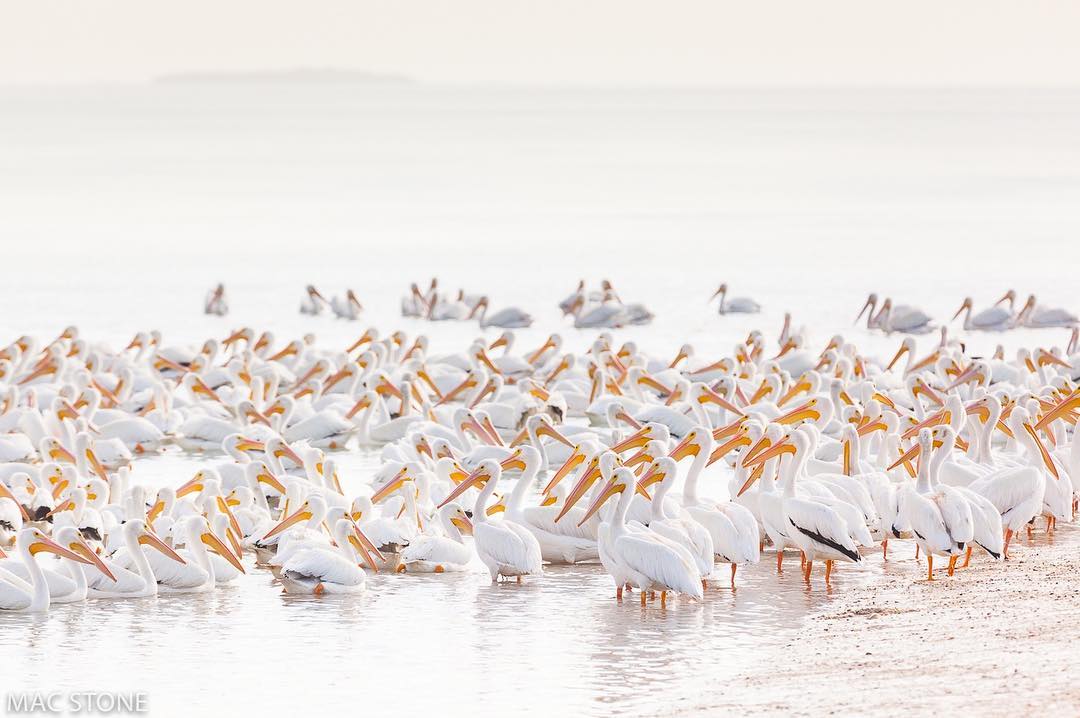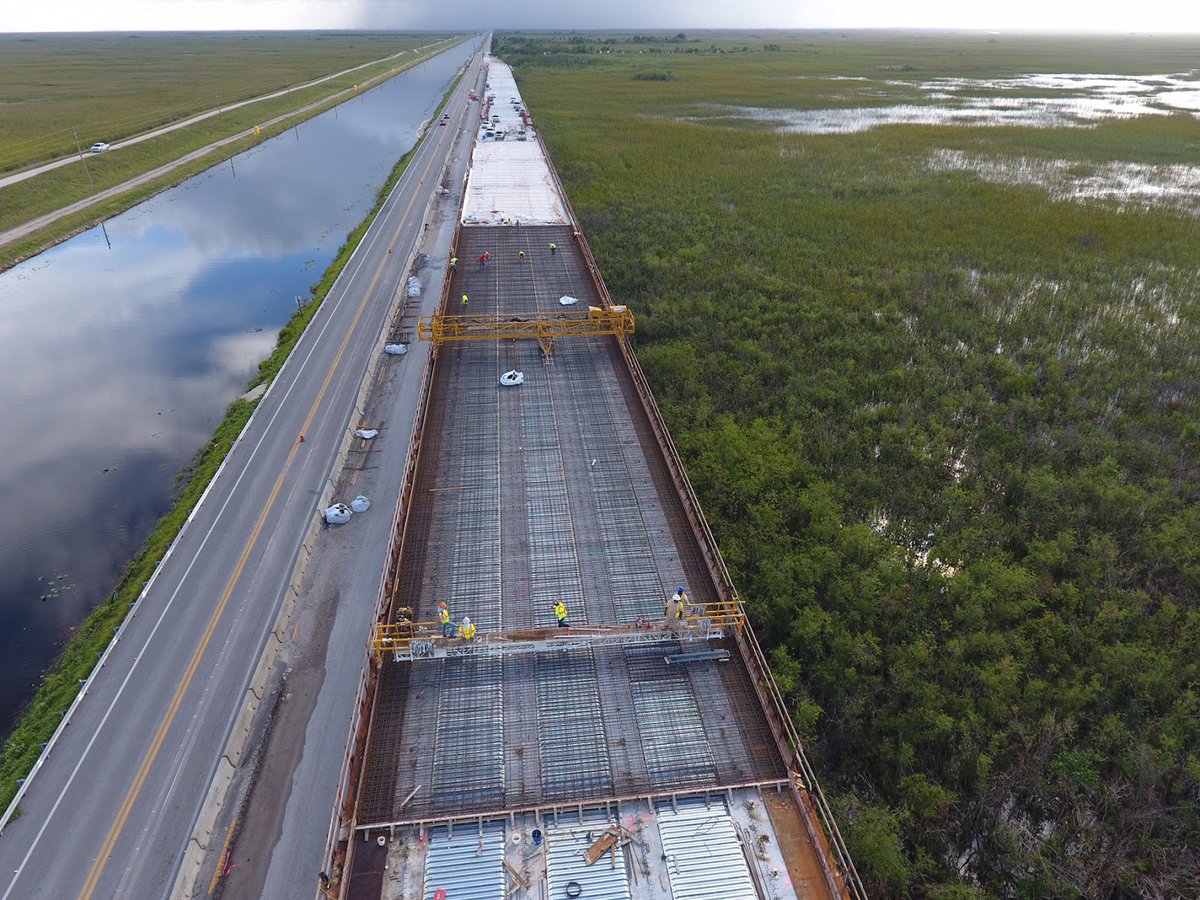
It's that time of the year again... We're referring to National Hurricane Preparedness Week.
How does this monument in Islamorada relate to the Everglades?
NPS Photo by Rachel DiPietro
How does this monument in Islamorada relate to the Everglades?
NPS Photo by Rachel DiPietro

Both locations were devastated by the great Labor Day hurricane of 1935.
Before hurricanes and tropical storms started receiving names to aid in tracking, and before the age of radar, only rudimentary tools like barometers and hand-written observations or calculations were available to prepare for impact.
The 1935 Labor Day hurricane was so powerful in its intensity that hundreds of people in the Florida Keys were washed away, with some bodies turning up as far away as Flamingo and Cape Sable in the Everglades.
The hurricane was also the final blow to Henry Flagler's Florida East Coast Railway, which would have served as the first complete line of connection on land between the Florida mainland and Key West.
This hurricane, with storm surge of up to 20 ft, sustained winds of 185 mph, and a barometer reading of 892 mb (26.35 inches), remains the worst recorded hurricane to make landfall in the United States.
The majority of the hurricane victims were World War I veterans brought in from other areas of the country to work on roads and bridges as part of a New Deal program during the Great Depression.
The remains of most of the victims are interred at the Hurricane Memorial, dedicated in 1937, and located at mile marker 82 on the Overseas Highway in the Florida Keys.
Like some locations in the Everglades, this memorial is included on the National Register of Historic Places. It is open to the public with limited parking.
Stay tuned for the rest of Hurricane Preparedness Week as we share some of the ways Everglades National Park works to protect people and resources from these powerful forces of nature.
#Everglades75th #EvergladesNationalPark #Everglades #FindYourPark #EncuentraTuParque
#Everglades75th #EvergladesNationalPark #Everglades #FindYourPark #EncuentraTuParque
• • •
Missing some Tweet in this thread? You can try to
force a refresh






